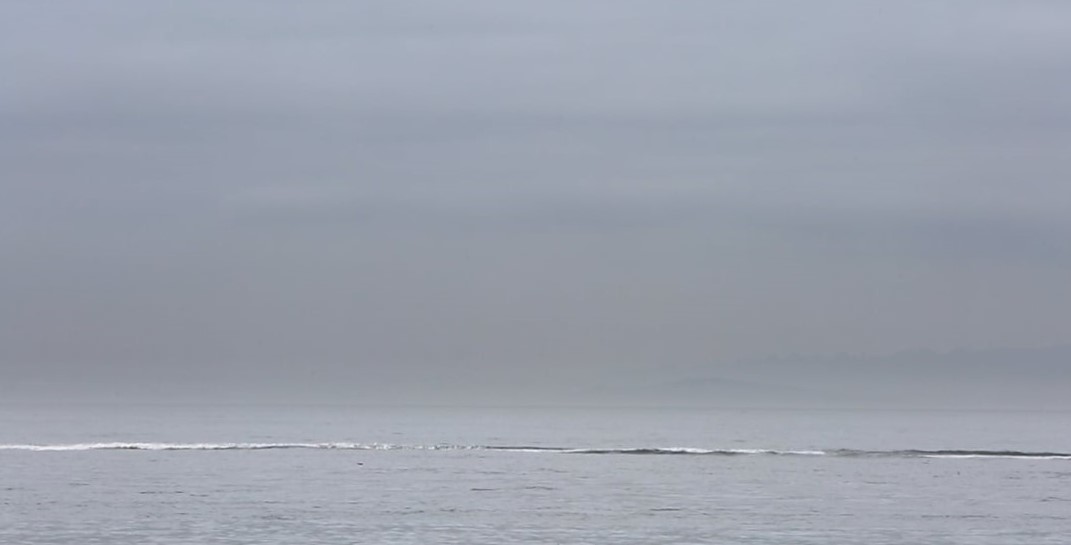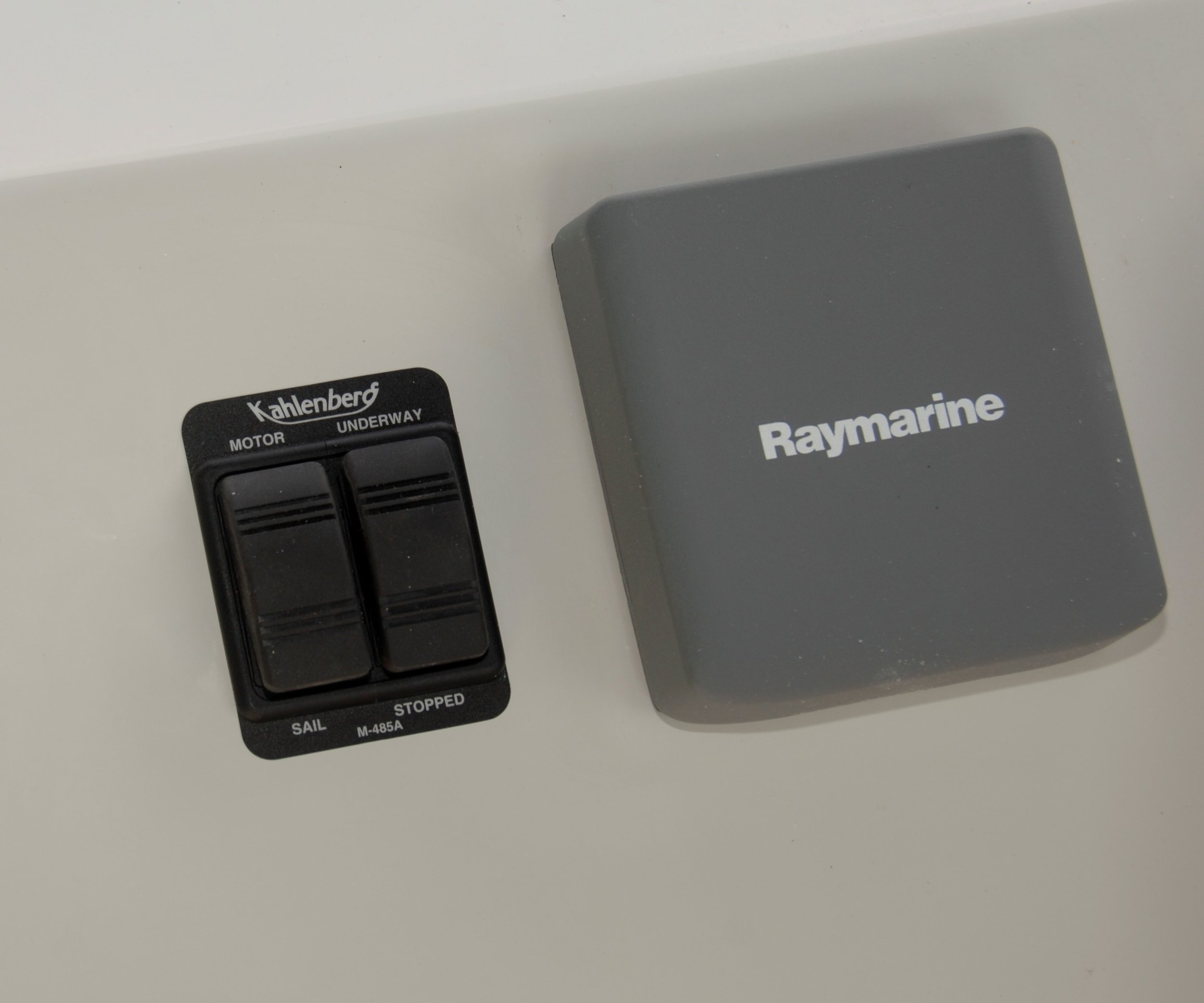Before we jump into this post, I want to remind you that I leave tomorrow for Spain. As I’ve mentioned before, I am walking the Camino de Santiago, a medieval pilgrimage that I have long wanted to do.
I have scheduled posts to continue as normal while I am away, but I am unable to share them on the various Facebook groups, as I will not have access to any technology. If you want to read my posts while I am away, you need to subscribe to FollowingSeas.media. Here's the link: https://www.followingseas.media/subscribe/. You will receive an email and link when a new post is published. (If this is against the rules of a forum group, I'm sorry, but it is the only way I can get it to you.)
Hope you enjoy these posts.
Take care and Buen Camino!
Bill Parlatore
++++++++++++++++++++++++++++++++++++++++++++++++++++++++
I live on Chesapeake Bay and we don't have quite the fog problems of other areas. But it happens, and when the fog is thick, visibility is very much reduced.
One trip that highlights the challenges of traveling with limited visibility occurred when a friend and I brought Spitfire home from Florida. We stopped in Solomons, Maryland for the evening of our last day, and bright and early the next morning got underway for Annapolis. The early morning "bright and early" soon turned into thick fog as we left Patuxent River and entered the Bay.
Thankfully, I had taken some extra steps when outfitting Spitfire and we were much better prepared than most cruising boats. I installed a second fixed VHF radio on the flybridge, so we had one radio on Channel 16, and the second radio on Channel 13, the working channel for commercial traffic.
We also had AIS as well as radar, and two chartplotters on the bridge. We set one chartplotter zoomed out to a small scale to see the big picture, and the other chartplotter zoomed in to a larger scale to see much better detail of our immediate surroundings. That was a huge help to maintain overall perspective, and avoided the situation where one is buried in the details of one's surroundings but lost in the larger picture. This is important for safe navigation.
With the radar, we could see an approaching ship on the radar, and use the AIS to identify the name of the ship. I could then contact the pilot on that ship and verify that he already knew I was there because Spitfire came up on his AIS and radar. We then exchanged greetings and confirmed I did not need to change course. In one instance, the pilot asked if I had a smaller boat on my radar. It did not have AIS, and the pilot wondered if there might be more smaller fishing boats between us. I called for any fishing vessel in the area on the VHF set on Channel 16. No answer, which didn't really surprise me, as guys in small fishing boats often don't have the right gear on their boats. I find it almost amusing that many guys don't consider themselves boaters, but rather fishermen. It's an attitude thing.
Throughout this morning of limited visibility travel up the Bay at the reduced speed of eight knots, our Kahlenberg air horn system was turned on with its fog signal timer to automatically sound our presence by super-loud horn at the appropriate interval.
I remember feeling on top of our game that day, because Jim and I had all possible tools to keep us from hitting another vessel, knowing from the different chart scales and radar information precisely where we were, the actual depth matched the depth listed on the charts, and all displays were in the same orientation, so there was no need to mentally sync up the various sources of information.
It was a great day, and I was almost unhappy when the morning fog eventually dissipated and we returned to normal speed of 18 knots with good visibility. It felt great running in the fog, dealing with busy ship traffic. We were firing on all cylinders, if you know what I mean.
For those cruisers who don't have the proper equipment, I suggest you call a day of fog a rest day, and stay at anchor or tied up in a marina. Go for breakfast somewhere and wait for conditions to clear. Do a boat project.
If you do venture out, do everything you can to stay aware of your position. Travel at slow speed, and if at any time it doesn't feel right, as when what you see on a screen does not seem to make sense with what you see around you, STOP or slow to a crawl. Figure it out. There are some funky twists and turns in many channels, and it is easy to get confused even in perfect weather.
There should be no reason to put yourself in danger. As Chuck Worst always said, we call it pleasure boating for a reason.










